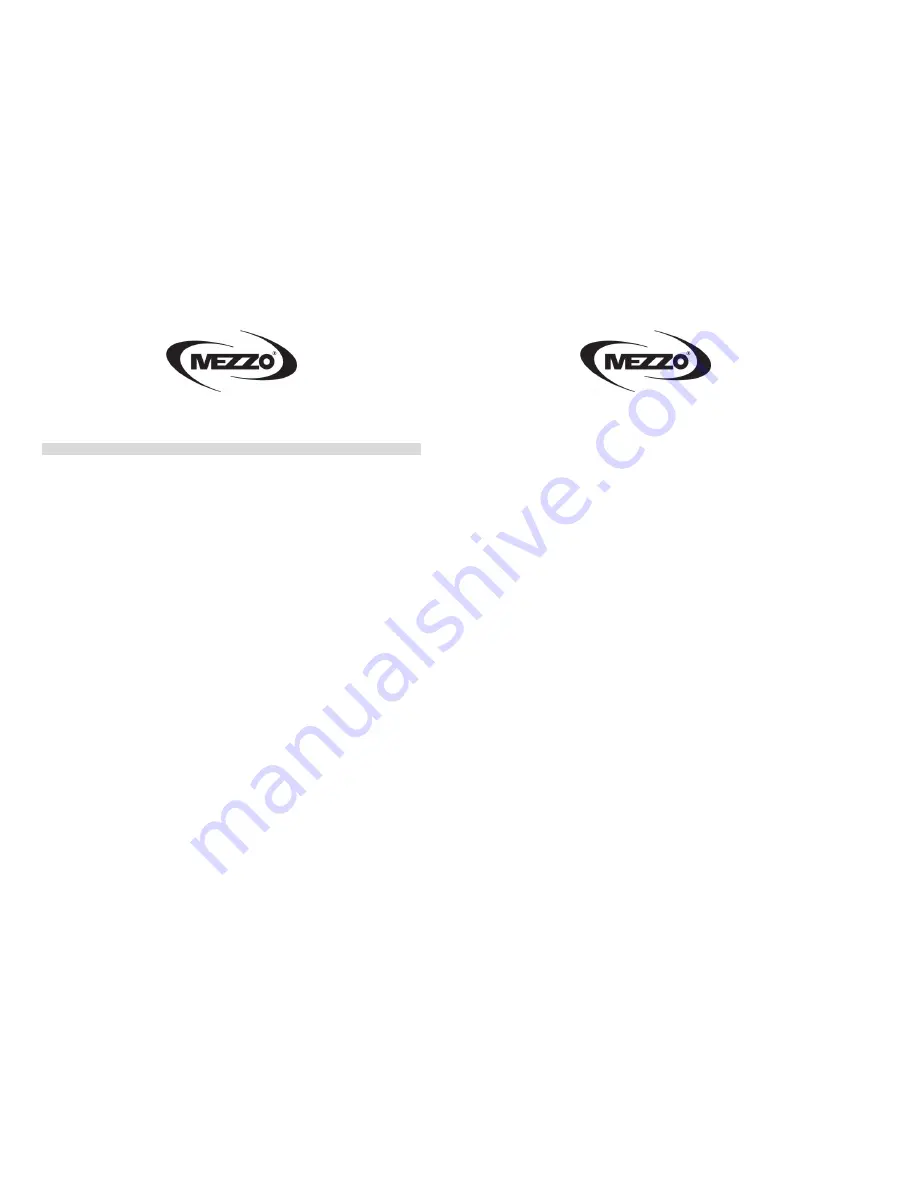
••••
Anti-Calcium
This iron is fitted with an anti-calcium device in the water reservoir. This helps to break down any calcium
build up from hard water. There is no user-action required for this function.
IRON USE
Before using for the first time, check if the voltage rating on the base plate corresponds to the mains
voltage in your home. Mains supply: 240V ~ 50 Hz – AC only. Unwrap the cord fully.
Remove any labels or stickers on the iron soleplate.
Sort the articles to be ironed according to the fabric. Ironing instructions are usually stitched onto an inside
seam of the garment and these should be followed at all times. Start your ironing with the fabrics requiring
the lowest heat setting. When using the iron for the first time, test on an old piece of fabric to ensure the
soleplate and water tank are completely clean.
Stand the iron on the Heel Rest, set the temperature dial to MIN and then plug in the iron to the mains
outlet. Turn your temperature control dial to the position you desire according to the following suggested
fabric indications:
Synthetics / Nylon Silk / wool Linen / cotton
Synthetic fabric should be ironed at a low temperature, while wool, cotton and linen can be ironed at a
higher temperature.
If you are unsure of the fibre content of a garment, test a small area (a seam or inside hem) before ironing.
When in doubt, start with low heat. If wrinkles remain, gradually increase heat to find the best setting for
good results without damaging the fabric.
If the article is made of a mixture of different fibres, you must select the lowest ironing temperature of the
composition of those fibres. (e.g. an article consisting of 60% polyester and 40% cotton should be ironed at
the temperature indicated for polyester.)
Some parts of the iron have been slightly greased and as a result the iron may smoke slightly when
switched on for the first time. After a short while, however, this will cease.
Allow iron to heat for 2 minutes on heel rest before ironing.
The pilot lamp glows when the iron is switched on, and goes off when the iron reaches the temperature
selected on the fabric dial. As the iron cools, the thermostat will switch back on and the iron will re-heat to
the selected temperature. The pilot lamp will glow while the iron re-heats.
The iron heats up more quickly than it cools. Allow time for the iron to heat up when changing from a low
temperature to a high temperature. Conversely, wait for a while when changing to a cooler setting.
When ironing, always keep the iron moving.
Iron with a straight back. Adjust the height of the ironing board so that the handle of the iron is on the same
level as your elbow.
Pressing down on the iron should not be necessary provided that the temperature is set correctly. Ironing is
most effective if the laundry is slightly damp.
4
Steam Ironing.
The variable steam button can be set to Off, Low Steam or Full Steam. Steaming will stop when the iron is
placed on the heel rest.
Note
: Water may leak from the soleplate if too low a temperature has been
selected.
Filling Water Reservoir.
Warning!
The plug must be removed from the socket-outlet before the water reservoir is filled with water.
The filling aperture must not be opened during use.
Set the steam control button to the “no steam” position.
Open water inlet cover, hold the iron on an angle of approximately 45º and carefully pour water into water
inlet, periodically stopping to check the level of water in the water tank. Close the water inlet cover.
Be careful never to overfill past the “MAX” line on the water tank. Do not fill directly from a water tap.
Use the measuring cup provided or another suitable filling utensil.
Normal tap water can usually be used for ironing. However, if you live in a hard water area we
recommend using distilled water to insure optimum performance of your iron.
Self-Cleaning.
Periodically clean the iron of impurities. Fill water reservoir with clean water. Heat iron fully and set
variable steam knob to continuos setting. Water will flow thought the iron, removing any impurities left.
5





